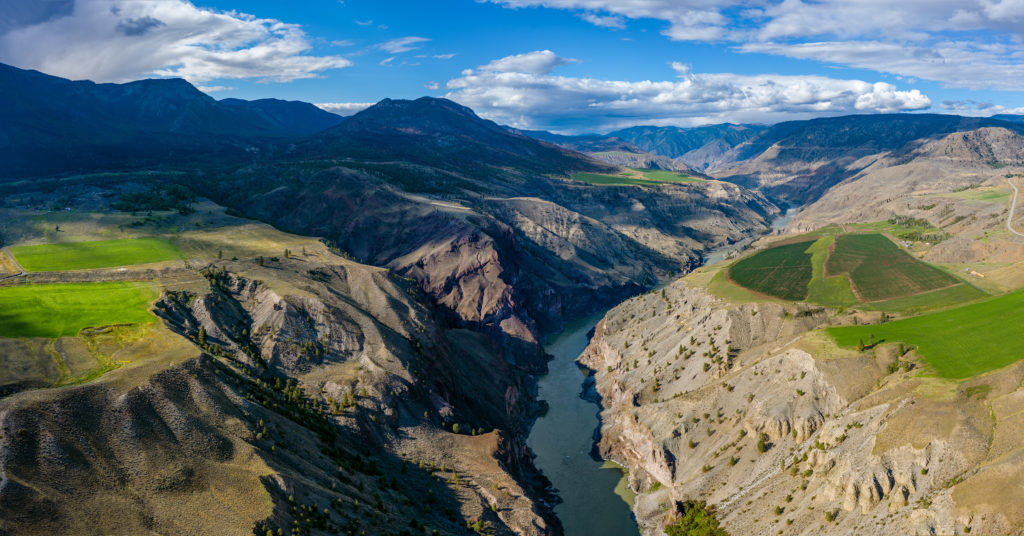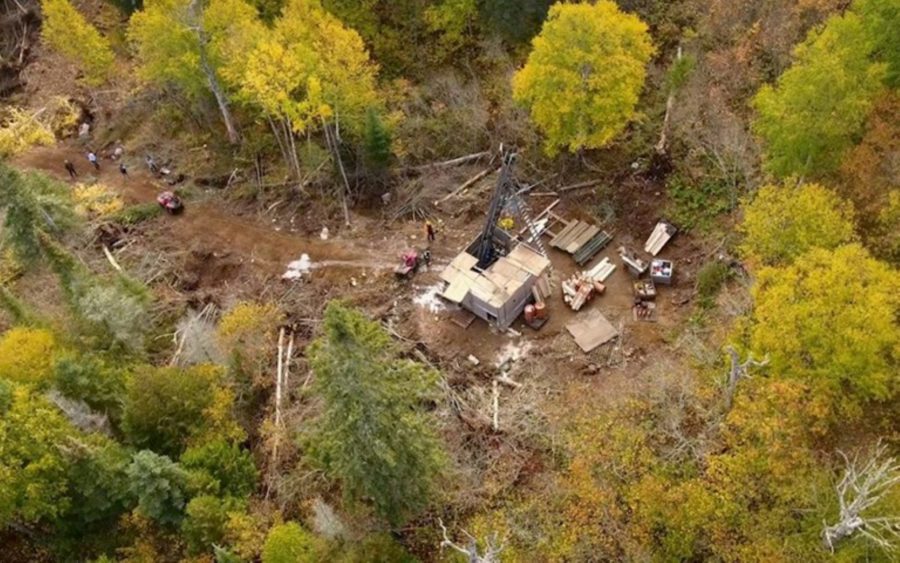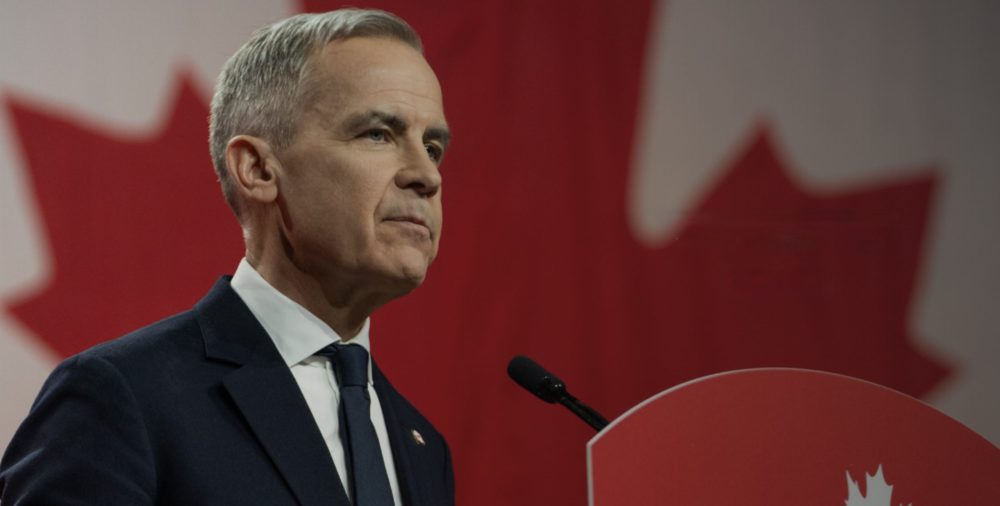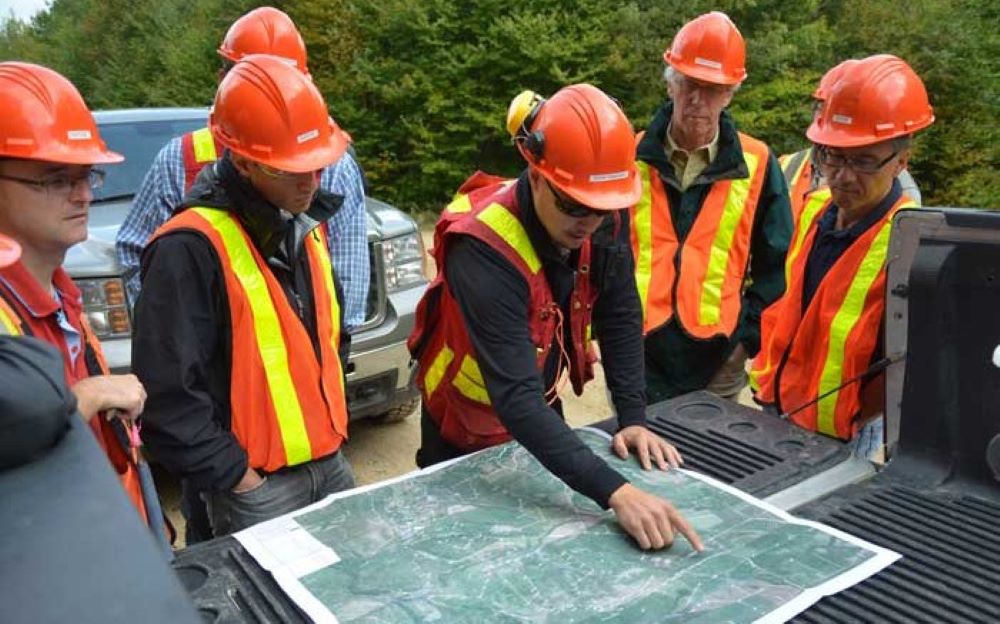Mining and the idea of Canada

For me, every January begins with another trip through the key events of Canadian history since 1867, courtesy of a course I have taught for nearly 20 years at Memorial University of Newfoundland. As I write, I just stepped out of a class on Confederation, where we examine all the reasons that four tenuously related colonies decided to become the nation we call Canada. As most teachers do, I covered off some key factors that produced a new political union: political gridlock and instability in the two Canadas (present-day Ontario and Quebec), fears of an attack from the U.S., dreams of a transcontinental nation, and the mania for railroads that might knit British North America together as a powerful, integrated industrial economy.
There is one important inspiration for Confederation that often gets left out of standard textbooks and classrooms: gold mining. This part of the story can be traced back to 1858, when the SS Otter arrived at San Francisco with 800 oz. of gold from the Fraser River and sparked a rush northward among miners who were working the increasingly unproductive gold deposits of the Sierra Nevada. As with most nineteenth century gold rushes, even a whisper of a new deposit draw thousands of individual miners. Indeed, nearly 30,000 American miners passed through Victoria or Esquimault before taking a ferry to the mainland and overland trails to the new gold deposits. It was a diverse group, not only White Americans but also Black miners (see the Canadian Mining Journal: vol. 144, no. 8), Australian, Chinese, and European fortune-seekers, all descending upon the lands of Indigenous groups such as the Stó꞉lō and Nlaka’pamux. With no central authority or laws, different factions attempted to sort mining claims on their own (sometimes with violent and deadly confrontations), while Indigenous communities defended important salmon fishing areas and their own gold diggings. In response to the chaos, and the prospect of losing the territory to the U.S., the British Parliament created the brand-new colony of British Columbia in the Hudson’s Bay Company lands, planting the seed for what would soon become a transcontinental nation.
The enthusiasm for B.C. gold only accelerated with a new rush in 1861, as prospectors pushed outward from the Fraser River to make the next big strike in the Cariboo region. Because it was a mountainous and remote region of the interior, Governor James Douglas ordered that a road be built between Yale, a town that arose with the Fraser gold rush, and Bakerville, the centre of the new gold rush, 350 km to the north. Cariboo gold production hit its peak in 1864, though mining continued in fits and starts for another couple of decades.
Despite the tenuous nature of the Cariboo rush, some colonial politicians saw it and the Fraser River rush as symbols of the wealth-generating potential of a new transcontinental nation. On Feb. 8, 1865, George Brown, speaking before the Legislative Assembly of the Province of Canada, described B.C. as “the land of golden promise,” and suggested, “if the mind stretches from the western bounds of civilization through those great north-western regions, which we hope ere long will be ours, to the eastern slope of the Rocky Mountains, what vast sources of wealth to the fur trader, the miner, the gold hunter, and the agriculturist, lie there ready to be developed. Exactly a month later, Fitzwilliam Chambers argued to same legislature that the idea of a transcontinental nation “points to the vast commercial enterprises yet to be engaged in upon the Pacific shores, to the rich gold fields of Columbia and the fertile shores of Vancouver.”
More important than the musings of politicians was the fact that gold mining provided the economic basis for the settlement and early establishment of colonial authority over what is now mainland B.C. Prior to 1858, there were very few non-Indigenous people inhabiting the region, mainly traders and merchants associated with the fur economy. The gold rush era brought sudden change to the mainland, and it is difficult to imagine B.C. entering Confederation in 1871 (or the other Canadian colonies making entreaties for B.C. to join) without the rapid settlement and road development program that had occurred over the previous thirteen years. Ironically, it was Ottawa’s promise to assume B.C.’s debt, a good portion of which was generated building roads to the gold mining interior, that convinced the westernmost colony to join Confederation. But it was the lure of B.C.’s riches, and the desire to link such a far-lung British colonies to its counterparts further east, that cemented the idea of a transcontinental nation linked by a massive railway project.
As with most colonial ventures, the Indigenous People of the Cariboo, the Tŝilhqot’in, did not see the influx of gold miners to their land as a wealth-generating opportunity or the economic basis for a new nation. In April 1864, a group of Tŝilhqot’in warriors killed twelve members of the crew working on the road to Barkerville. Governor Frederick Seymour sent two small colonial militia groups to confront the Tŝilhqot’in, but they did not know the land well, and ended up spending much of that summer wandering aimlessly, often lost and exposed to ambushes. In August, the Gold Commissioner William Cox invited Chief Klatsassin and seven other Tŝilhqot’in leaders to Quesnel for what they thought were peace talks. Upon arrival, however, they were arrested, tried for murder, and six of them hanged. Prior to his execution, Klatassin declared that “we meant war, not murder.”
Recognizing that the Tŝilhqot’in acted to defend their homeland through warfare rather than criminal acts, B.C. Premier Christy Clark apologized for the hangings in 2014. Four years later, Prime Minister Justin Trudeau also apologized and took the further step of exonerating the convicted Chiefs. Also in 2014, the Tŝilhqot’in won title to 1700 km2 of their traditional territory through a ruling of the Supreme Court of Canada, the first time a Canadian court has recognized Indigenous title to land. In some ways, the Tŝilhqot’in court decision brought the story of gold mining and Confederation full circle, recognizing that Canada’s gold-hued national dreams of the 1860s had not erased the pre-existing First Nations that had inhabited the area since time immemorial.
John Sandlos is a professor in the History Department at Memorial University of Newfoundland and the co-author (with Arn Keeling) of “Mining Country: A History of Canada’s Mines and Miners,” published by James Lorimer and Co. in 2021. His new book, “The Price of Gold: Mining, Pollution and Resistance in Yellowknife” (also co-authored with Arn Keeling), will be released with McGill-Queen’s University Press in 2025.





Comments